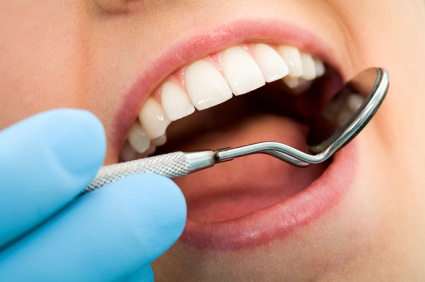
What To Do When Afraid of Root Canal Therapy | Alhambra CA
It’s not right that root canal therapy is often considered as one of the worst dental procedures to endure. What many people don’t understand is that the procedure itself is not as invasive as the tooth replacement options that would have to follow if you actually lost the tooth. Actually, there are more benefits of trying to save a damaged natural tooth than extracting and replacing it.
Here are some clarifications about root canal therapy:
It’s a Simple Procedure that Uses Special Tools
Root canal treatment requires the endodontist to carefully clean, shape, and fill the canal space to ensure that the restored tooth remains free from infection. This process involves the use of:
- A bleach solution to clean the root canals
- Metals files to widen and shape the root canals
- Gutta Percha (natural rubber material) to fill the root canal
- Antibacterial cement or “sealer” to cover the rubber material and prevent bacteria from re-infecting the root canal
The Restored Tooth is as Good as Your Other Natural Teeth
After treatment, your endodontist may place a temporary onlay over the treated tooth while it is settling down and the area around the root is healing. This temporary must be replaced with a permanent restoration as soon as possible to prevent the filling material from wearing down and allowing bacteria in the area that may infect the root canal filling. The onlay or crown helps to strengthen and protect the restored tooth so it can function as well as your other teeth.
Over 90% of Root Canal Treatments are Successful
There are some instances when the patient continues to experience pain and infection from the treated tooth, like when:
- There’s some nerve tissue remaining in the canal space
- Long-standing or recurrent infection
- The Gutta Percha and sealer fail to completely fill the canal space
- The restored tooth had some existing root fracture that was undetected during treatment
Depending on the case, your endodontist may choose to extract the tooth or administer root canal retreatment, which involves removal of the filling material to clean and disinfect the canal space again, and then repeat the treatment.
Final Note: Alternatives to Root Canal Therapy
Root canal therapy is usually a last resort to save a severely damaged tooth. The only alternative is to extract the tooth and replace it. If the nerve of the tooth is irreversibly damaged or dead, then your tooth cannot recover. Although the symptoms may resolve temporarily, the pain or infection will keep recurring until you take action.




